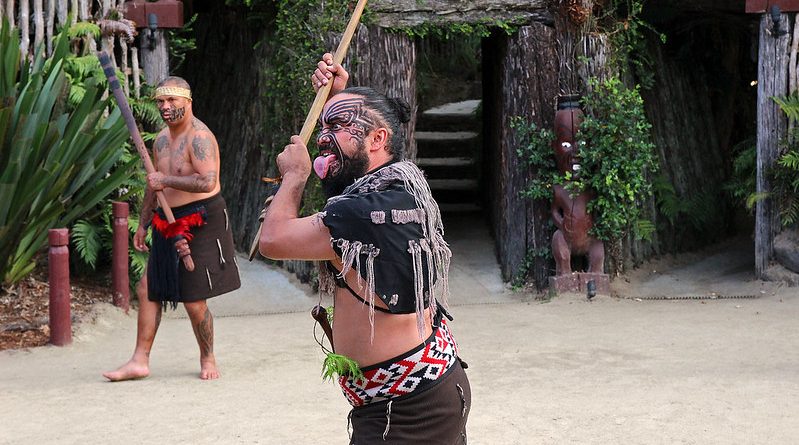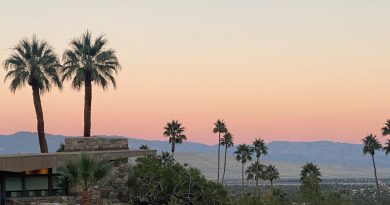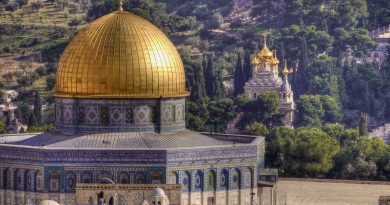Mighty Warriors: The Maori People
Culture Facts
Where: North Island, New Zealand
History: 10th century Polynesian settlers, conquered but neither destroyed nor tempered by European settlers.
Experience: Vibrant settlements in the major towns
History
The Maori, New Zealand’s native people, were originally Polynesian Islanders who discovered New Zealand around the tenth century and migrated there about four hundred years later. Their lives were made significantly more difficult by Captain Cook’s arrival in 1769 (they had successfully fended off Abel Tasman previously) and the consequent British colonisation. Disputes between the Maori and the Pakeha (Europeans) raged continuously until the 1840Treaty of Waitangi, which was signed by the Maoris in the hope of gaining peace, giving sovereignty to Britain in exchange for protection and guaranteed ownership of their lands – this was later much abused by the British. Fighting between the British and Maoris ensued for many years, it eventually died down but the issues have never been settled, and debates continue to arise today concerning land rights.
Cultural revival
A recent resurgence of Maoritanga (interest in Maori culture) and a more rapid increase in the Maori population than the Pakeha has meant that Maori culture is at the forefront in New Zealand far more than it has been for many years. The Maori culture is traditionally tribal, and mainly concentrated in North Island, where climate is closest to that of the Polynesian islands from which they originate.
Tribe beliefs and traditions
The Maori traditionally have a very close relationship to their environment, their mythology is based in a belief in Gods of the forest and the sea, which are worshipped and revered through song, dance and prayer. Ancestral spirits are believed to endure, and give strength to the living when called upon; carved walking sticks and jewellery are especially treasured as they are said to carry the spirit of their previous owners. The Maori are particularly famous for their elaborate carvings, which can be seen on meeting houses, boats and jewellery. Inspiration for designs is taken from the landscape, e.g. curling fern fronds, waves, flowers etc, and has special symbolic meaning.
At the centre of every Maori Community is the Marae, or meeting house. It is the point of congregation for all formal functions and worship, and where the spirits of the ancestors are thought to reside – entrance to a marae is considered entering the bosom of the ancestors. Visitors have to be specially invited to enter, making commercially run tours most people’s only way in. On entrance to a marae you will be greeted by a dance familiar to rugby fans known as the haka, a challenge – it is performed by the All Blacks before all their matches – which is intended to test the intentions of visitors; rivals should be scared by the might of the warriors, while those with good intentions are called on to prove them. A sign of acceptance is a hongi, or pressing of noses, similar to the Eskimo kiss.
Traditional dress is a cloak made from woven flax, and adorned with fur or feathers from native animals. High ranking tribe men decorated with elaborate tattoos on face, and occasionally on buttocks, women of high positions have small chin tattoos to show their superiority. Live on hunting birds and basic agriculture – tended to settle in areas fertile for farming.
Visiting the Maoris
You can ‘experience’ Maori culture at centres around the country. There are maraes that can be visited in Rotorua, Christchurch and in the Te Papa Museum in Wellington.
MORE INFORMATION
Discover New Zealand
Info about all aspects of New Zealand, with a feature on the Maori’s and their traditions.
History of the Maori People
The history of the Maori’s and how their culture has evolved into what it is today
Maori Org
In-depth information about Maori culture, including step-by-step guides to their ceremonies, and etiquette of entering a meeting house.
Words by Guilia Vincenzi




